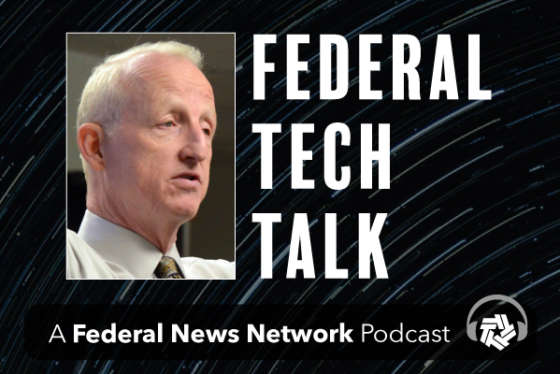
The future of identity management
idRamp President Mike Vesey joins host John Gilroy on this week's Federal Tech Talk to discuss how Identity Credential Access Management can help federal IT off...
Best listening experience is on Chrome, Firefox or Safari. Subscribe to Fed Tech Talk’s audio interviews on Apple Podcasts or PodcastOne.
COVID-19 impacted the rapid development of cloud technologies for the federal government. Part of using the cloud is recognizing the credentials of a user. As a result, Identity Credential Access Management (ICAM) developed into a major consideration for all federal information professionals.
Traditionally, identification would be managed in a centralized manner, some have facetiously dubbed this “one ring to rule them all.” This system evolved because of the domination of Active Directory and Azure Active Directory from Microsoft.
Mike Vesey is the president of idRamp. He joined host John Gilroy on this week’s Federal Tech Talk to give an overview of something called “federated identification.” Essentially, federated identification uses blockchain methods to offer authentication for a user. He explained several ways why this is a preferred method.

Federal IT professionals will have to review options that go beyond the PIV card. For example, robotic process automation is designed to have entities that are not humans be authenticated. There is a new abbreviation being used these days for exactly this situation, called a Non-Person Entity or NPE.
Another push is the result of COVID — many experts predict that 26% of professionals will not return to work. Authentication methods that rely on VPN technology have been broken. Newer approaches to authentication and validation must be considered.
Further, Quantum Computing is lurking on the horizon. The possibility exists that a good old-fashioned username and password may be easy to compromise.
From a federal point of view, it has been around ten years since the introduction of the PIV card. Technology has changed drastically, precipitating a consideration for newer methods of authentication.
Copyright © 2024 Federal News Network. All rights reserved. This website is not intended for users located within the European Economic Area.





